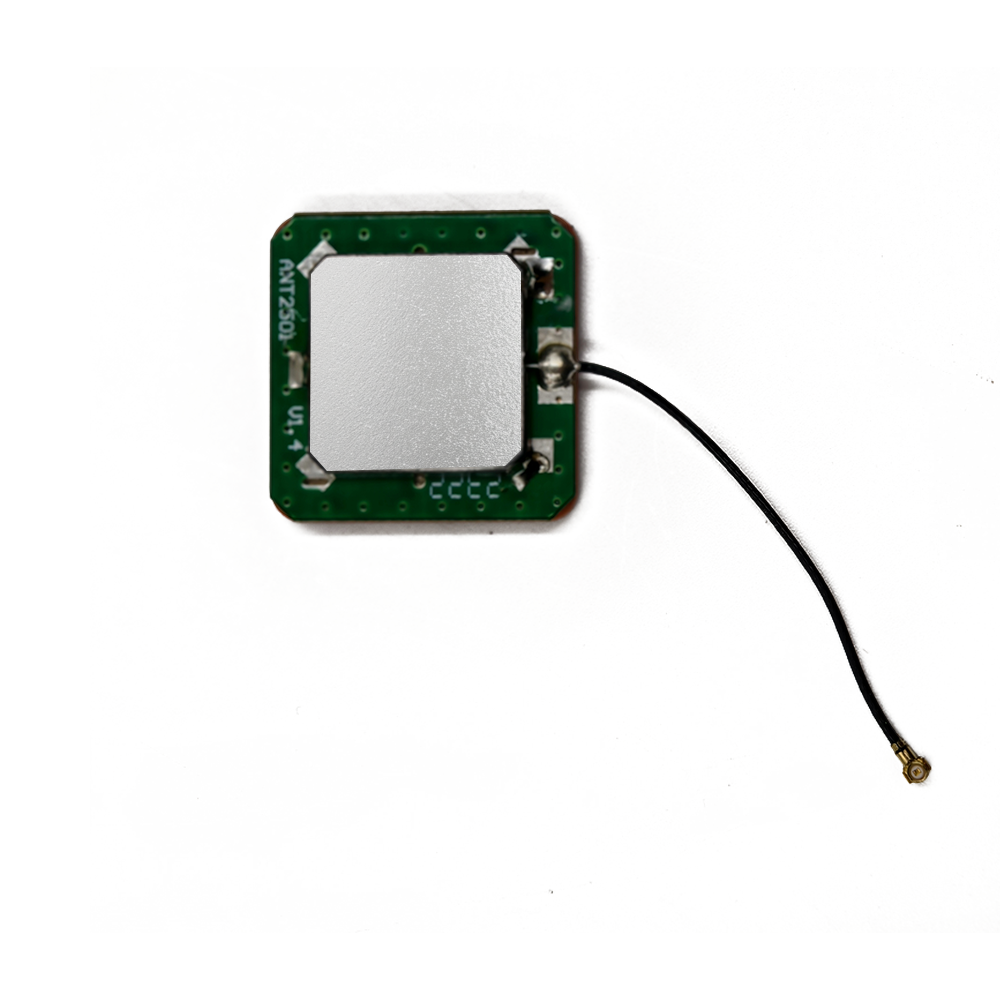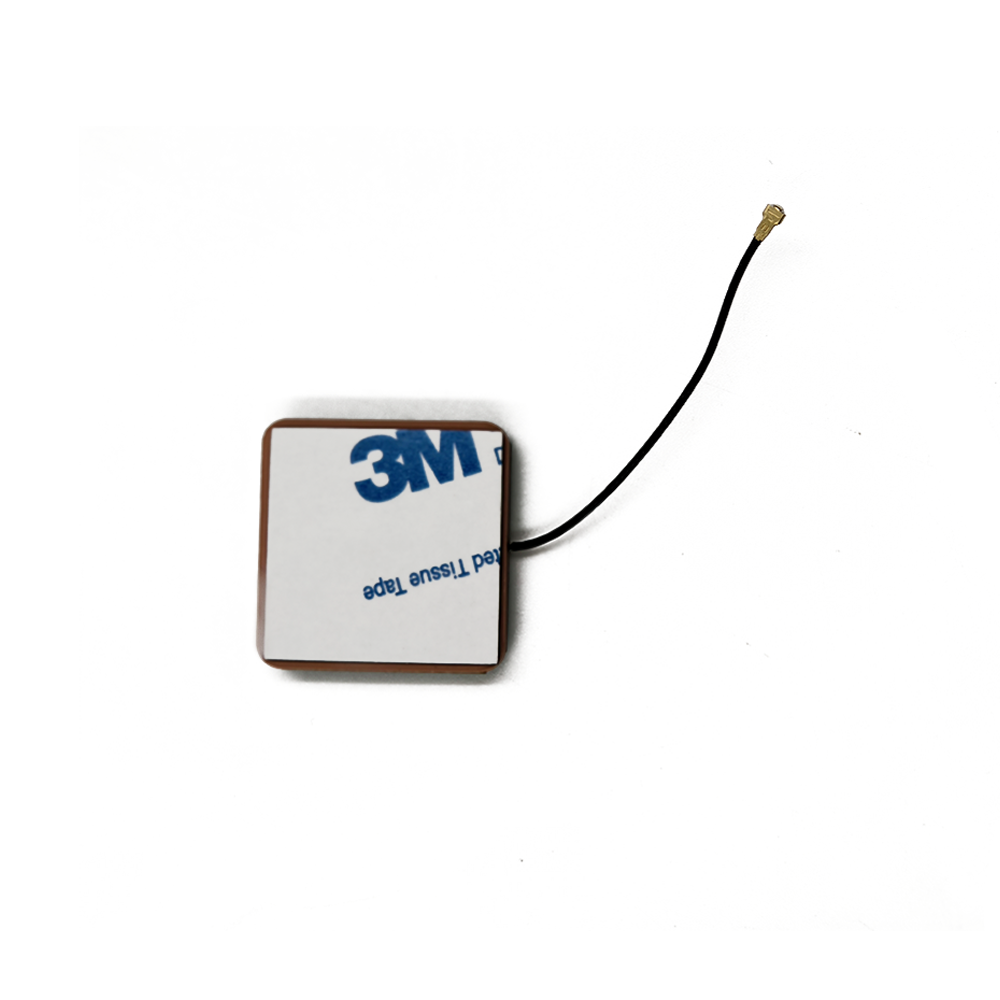Active ceramic patch antennas have moved from being a niche technology to a critical enabler across a vast spectrum of industries. Their unique blend of performance, integration, and robustness makes them the solution of choice for demanding applications where size, weight, and power (SWaP) constraints are paramount. Concurrently, ongoing research and development are pushing the boundaries of their capabilities, charting a clear path for future evolution.
Current Applications:
5G and mmWave Telecommunications:
Base Stations: Massive MIMO (Multiple Input Multiple Output) arrays for 5G base stations consist of hundreds of antenna elements. Active ceramic patch modules are ideal for this, providing a compact, integrated transceiver unit for each element that can be efficiently combined into a large panel.
User Equipment (Smartphones): The transition to mmWave frequencies (e.g., 28/39 GHz) for 5G requires very small antennas. Active integrated antenna-in-package (AiP) solutions, often using LTCC, are essential to fit into the slim bezels of phones while providing the necessary beamforming gain to overcome high path loss.
Satellite Communication (Satcom):
Low Earth Orbit (LEO) Satellite Terminals: Consumer and enterprise terminals for constellations like Starlink and OneWeb require high-gain, electronically steerable flat-panel antennas (phased arrays) to track satellites across the sky. Active ceramic patch units are the fundamental building blocks of these arrays due to their low profile and integrability.
Satellite On-Board Payloads: On the satellites themselves, these antennas are used for inter-satellite links (ISL) and downlink/uplink communication, where reliability, light weight, and resistance to the space environment are critical.
Internet of Things (IoT) and M2M:
Asset Tracking: Compact, rugged modules are used for tracking high-value assets globally via satellite (Iridium, Globalstar) or cellular networks (LTE-M, NB-IoT).
Smart Infrastructure: Sensors for industrial automation, smart cities, and agriculture benefit from the robust, "set-and-forget" nature of these modules, which can operate reliably for years in harsh outdoor conditions.
Automotive Radar:
ADAS and Autonomous Driving: Modern cars are equipped with multiple radar sensors for adaptive cruise control, blind-spot detection, and collision avoidance (e.g., at 77 GHz). These sensors use phased arrays of active ceramic patch antennas to electronically steer the radar beam and accurately detect the range, speed, and angle of objects.
Aerospace and Defense:
Unmanned Aerial Vehicles (UAVs): Drones use these antennas for secure datalinks, video transmission, and GPS, where low weight and reliability are essential.
Radar and Electronic Warfare (EW): Missile seeker heads, jamming systems, and radar altimeters utilize the technology for its performance in extreme environments and its ability to be conformed to aircraft surfaces.
Future Trends:
Heterogeneous Integration and Advanced Packaging:
The future lies in even tighter integration. This involves moving beyond wire bonding to wafer-level packaging (WLP) and fan-out technologies, where the antenna and ICs are packaged together at the silicon wafer level, promising even smaller sizes and better high-frequency performance.
Integration of different semiconductor technologies (e.g., Si CMOS for control, GaN for power, and SiGe for RF) into a single module—heterogeneous integration—will optimize performance and efficiency.
Reconfigurable Intelligent Surfaces (RIS) and Metamaterials:
Research is exploring the use of active elements to control the properties of surfaces made of many unit cells. An active ceramic patch could be the unit cell of a "smart surface" that can dynamically manipulate electromagnetic waves for unprecedented control over coverage and capacity in 6G networks.
Terahertz (THz) Applications:
As wireless technology pushes into the sub-terahertz and terahertz regimes (for 6G and advanced imaging), the wavelengths become incredibly small. The ability of ceramic-based modules to create ultra-miniaturized, integrated systems will be essential for practical THz transceivers.
Enhanced Multi-Functionality:
Future modules will not just be antennas with an amplifier. They will integrate more functionality, such as filtering, duplexing, analog-to-digital conversion (ADC), and even some digital signal processing (DSP), blurring the line between the antenna and the entire radio.
AI-Driven Design and Optimization:
The design complexity of these multi-physics systems is immense. Machine learning and artificial intelligence are increasingly being used to optimize antenna geometries, matching networks, and thermal pathways in ways that are beyond human intuition, leading to faster development of higher-performance modules.
Sustainability and Material Innovation:
Research into new, low-loss, and environmentally friendly ceramic composites will continue. The focus will be on improving performance while potentially reducing the energy and cost associated with high-temperature firing processes.
The trajectory is clear: active ceramic patch antennas will become more integrated, more intelligent, and more fundamental to an increasingly wireless and connected world, serving as the eyes and ears of next-generation communication, sensing, and navigation systems.
6. Conclusion
The active ceramic patch antenna represents a seminal advancement in RF technology, marking a definitive shift from the paradigm of the antenna as a standalone passive component to its new identity as an intelligent, integrated system-on-package. This evolution is a direct response to the relentless demands of modern wireless applications for greater performance, reduced size, enhanced reliability, and simplified design. By synergistically combining the superior electromagnetic properties of engineered ceramic substrates with the signal processing power of monolithic microwave integrated circuits (MMICs), this technology effectively solves some of the most persistent challenges in radio frequency design, notably feedline loss and impedance matching.
Throughout this series, we have explored its foundational overview, intricate design and construction, core working principles that highlight its transformative impact on noise figure and effective radiated power, and the honest appraisal of its advantages against its challenges, primarily cost and complexity. Its application spectrum is vast and growing, forming the critical hardware backbone of transformative technologies like 5G mmWave, LEO satellite internet, autonomous vehicles, and the pervasive IoT.
Looking forward, the active ceramic patch antenna is not a static endpoint but a dynamic and evolving platform. Future trends point towards even deeper levels of heterogeneous integration, the adoption of advanced wafer-level packaging techniques, and the incorporation of intelligence for reconfigurability, potentially paving the way for metamaterial-based smart surfaces in the 6G era. While challenges in thermal management, cost reduction, and design complexity remain active areas of research, the trajectory is unequivocal.
In conclusion, the active ceramic patch antenna is far more than a mere component; it is an enabling technology that sits at the convergence of materials science, semiconductor technology, and electromagnetic theory. It is a key that unlocks new possibilities in wireless communication, allowing us to envision and build a future that is more connected, more intelligent, and more efficient. As wireless data continues to be the lifeblood of the global digital economy, the role of this sophisticated and integrated technology will only become more central and indispensable.




































































 Language
Language
 En
En Cn
Cn Korean
Korean

 Home >
Home > 







 18665803017 (Macro)
18665803017 (Macro)













